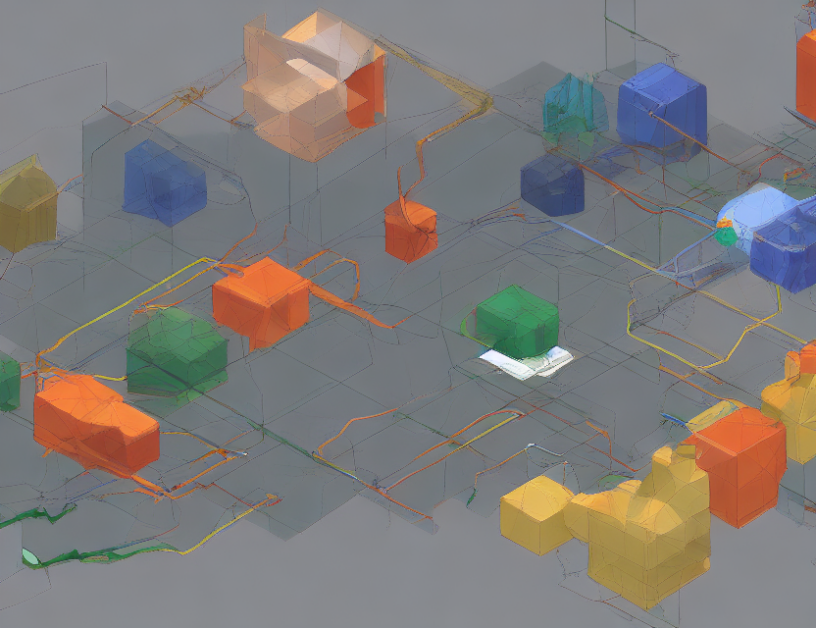Jupyter notebooks are a powerful tool for creating reproducible computational workflows, allowing researchers to document and share their work in a more transparent and collaborative manner. In this article, we will explore the various software packages used in Jupyter notebooks, including Astropy, Jupyter, Matplotlib, NumPy, PyTorch, tqdm, CASA, mpol, visread, and others. We will also discuss the role of these tools in enabling reproducible computational workflows and their potential impact on academic publishing.
Software Packages Used in Jupyter Notebooks
Astropy is an important software package used in Jupyter notebooks for tasks such as astronomy-related data processing, visualization, and analysis. It provides a set of tools for working with dates, times, coordinates, and other astronomical data structures.
Jupyter itself is the primary software package used in Jupyter notebooks, providing an interactive environment for creating and sharing documents that contain live code, equations, visualizations, and narrative text.
Matplotlib is a plotting library used in Jupyter notebooks to create high-quality 2D graphics. It provides a wide range of tools for creating different types of plots, including line plots, scatter plots, histograms, heatmaps, and more.
NumPy is a fundamental software package used in Jupyter notebooks for numerical computing. It provides an efficient way to perform array operations and data analysis, making it ideal for tasks such as scientific computing, machine learning, and data science.
PyTorch is another important software package used in Jupyter notebooks for deep learning applications. It provides a dynamic computational environment that allows researchers to build and train neural networks with ease.
tqdm is a software package used in Jupyter notebooks for iterative computing tasks, providing an efficient way to compute the progress of long-running processes.
CASA is a software package used in Jupyter notebooks for astronomy-related data analysis, providing tools for working with radio and millimeter wave data.
mpol is a software package used in Jupyter notebooks for working with polarization data, providing tools for computing and manipulating polarization data.
visread is a software package used in Jupyter notebooks for reading and manipulating visualization files, such as those generated by Matplotlib and Seaborn.
The Role of Software Packages in Enabling Reproducible Computational Workflows:
Software packages like Astropy, Jupyter, Matplotlib, NumPy, PyTorch, tqdm, CASA, mpol, visread, and others play a crucial role in enabling reproducible computational workflows. By providing tools for data processing, visualization, and analysis, these packages allow researchers to document their work in a more transparent and collaborative manner. This enables other researchers to reproduce the results of previous studies more easily, leading to increased collaboration and accelerated scientific progress.
The potential impact of software packages on academic publishing is significant. By making computational workflows more reproducible, these packages can help reduce errors and improve the reliability of scientific findings. They can also facilitate collaboration and knowledge-sharing among researchers, leading to faster advancement in various fields of science.
Conclusion
In conclusion, Jupyter notebooks are a powerful tool for creating reproducible computational workflows, enabling researchers to document and share their work in a more transparent and collaborative manner. Various software packages like Astropy, Jupyter, Matplotlib, NumPy, PyTorch, tqdm, CASA, mpol, visread, and others are used in Jupyter notebooks to facilitate data processing, visualization, and analysis. By demystifying complex concepts using everyday language and engaging metaphors or analogies, we can capture the essence of this article without oversimplifying its importance for academic publishing.



